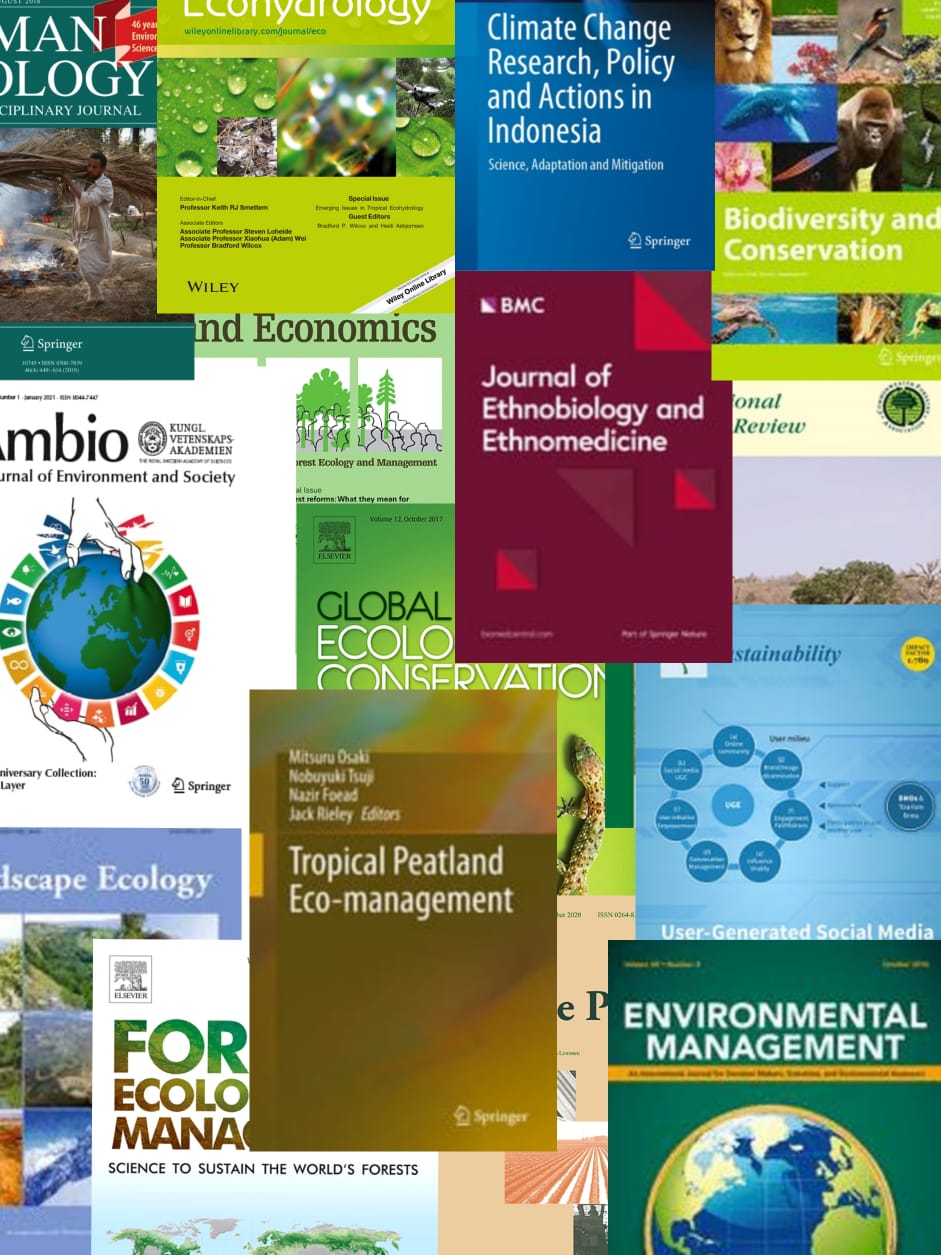Sago palm (Metroxylon sagu Rottb.) is a carbohydrate-producing plant. It produces a starchy, edible pith or core within its trunk, which is the primary portion used for human consumption. To date, little has been investigated about the diversity of sago palm plants in Bengkulu, Indonesia. In this study, DNA was extracted from young leaves collected from nine locations in Bengkulu and amplified using 10 simple sequence repeat (SSR) primers. Data analysis was conducted using NTSYs and POPGEN32 software. This study shows that the Sentot (B5), Damri (B7), and Merapi (B9) accessions had the highest expected heterozygosity (He), thereby indicating high genetic diversity. The largest genetic distances were observed for Lagan (B2) and Makmur Swamp (B4) compared with Dendam Lake (B3), while the smallest genetic distances were between the Sentot (B5) and Damri (B7) areas. We found two groups using phylogenetic analysis, GenAlEx and STRUCTURE. This result is consistent with two types of habitats and leaf morphologies among sago palm plants; i.e., plants in permanent swampy areas with a soil pH of 5.0-5.3 showing spines in the middle of the midrib extending up to the leaf tip and plants in wet peat areas with a soil pH of 5.3-6.0 showing spines only on the edge of the leaf. The results of our research provide information on genetic similarities between populations to assist in plant breeding.
View source

